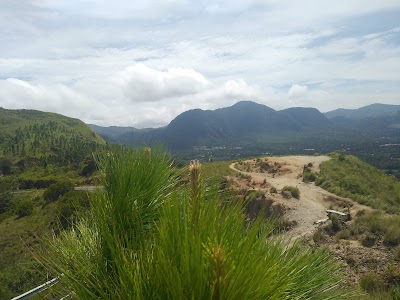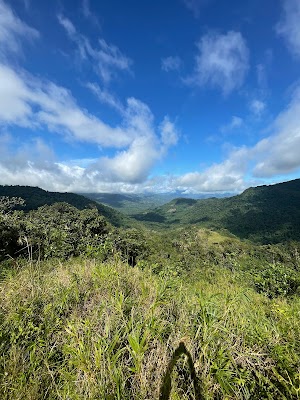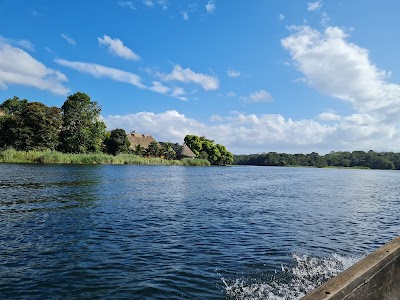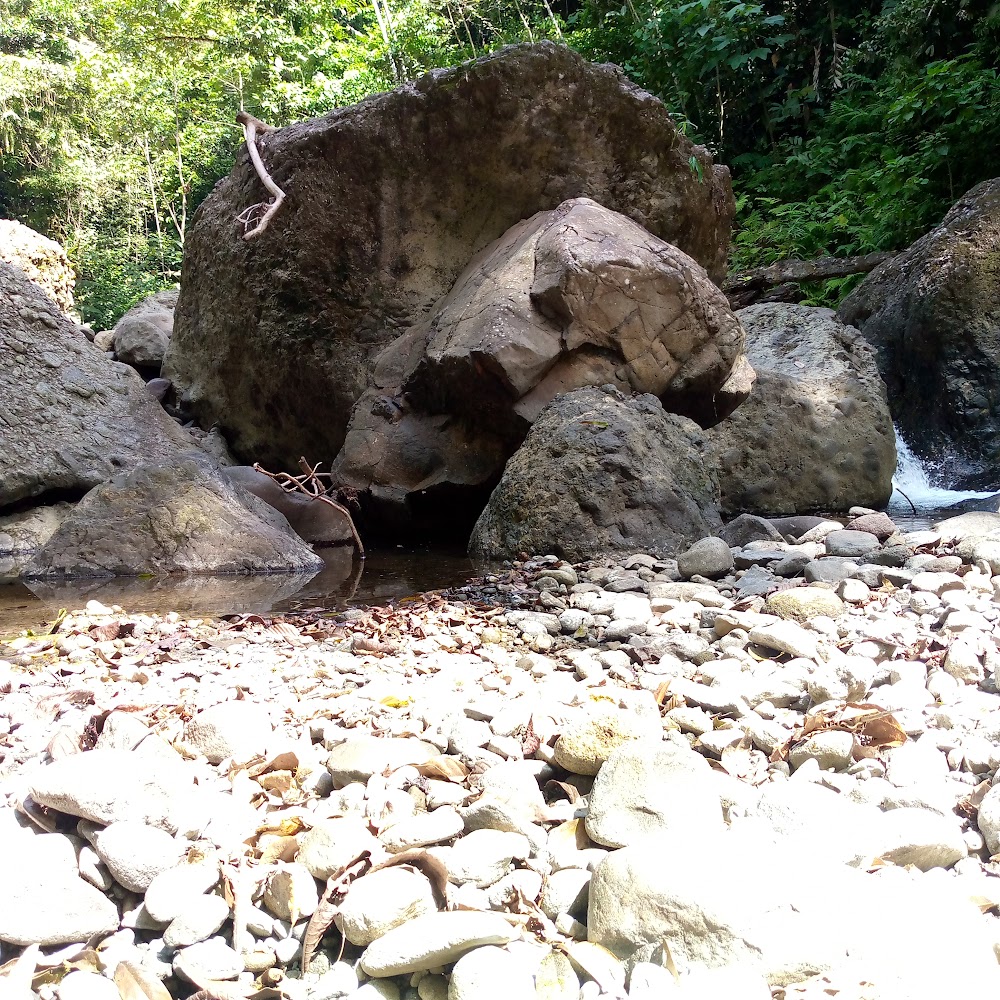Rio Tuira (Río Tuira)
Overview
The Rio Tuira is the largest river in the Darién province of Panama, flowing majestically through the heart of the Emberá-Wounaan Comarca. This vital waterway has been a cornerstone in the lives of the indigenous Emberá and Wounaan people for centuries, serving as both a lifeline and a cultural touchstone.
The story of the Rio Tuira is intricately woven into the fabric of the surrounding rainforest, one of the world's most biodiverse regions. Originating in the Darién mountains, countless small streams converge to create this powerful river. As it winds its way through the dense, verdant forest, the river nourishes a rich tapestry of plant and animal life, sustaining the ecosystem that thrives along its banks.
For the Emberá and Wounaan, the Rio Tuira is far more than just a river; it is an essential means of transportation that connects various indigenous communities isolated by thick jungle. Traditional dugout canoes, known as “piraguas,” are expertly crafted from large tree trunks, allowing for skillful navigation of its waters. These canoes, shaped by artisans into sleek vessels, reflect a profound understanding of the river’s currents and challenges.
The process of constructing a piragua is a labor of love, showcasing the deep respect the Emberá and Wounaan have for their environment. A suitable tree, often a sturdy cedar or mahogany, is meticulously selected and felled using ancient techniques that minimize waste and environmental disruption. The trunk is then hollowed out with precision and patience, transforming it into a functional work of art.
Beyond transportation, the Rio Tuira significantly contributes to the local economy. Its nutrient-rich waters teem with fish and aquatic life, providing essential food sources for the community. Traditional fishing techniques, passed down through generations, include sustainable practices such as nets, traps, and even spearfishing, ensuring that the river continues to sustain future generations.
The fertile riverbanks also foster agriculture, where crops like plantains, yucca, and various fruits flourish thanks to natural irrigation. The Emberá and Wounaan practice small-scale farming, employing sustainable methods that maintain soil health and minimize environmental degradation, harmonizing their agricultural practices with nature.
Culturally, the Rio Tuira stands as a silent witness to rituals and traditions. Festivals, ceremonies, and community gatherings often occur along its banks, where the river plays a central role in myths and legends. These stories are more than mere folklore; they serve as vital conduits for passing down cultural values and historical knowledge to future generations.
However, the Rio Tuira faces numerous challenges. Deforestation, logging, and illegal mining pose significant threats to the river and its surrounding ecosystems. Sedimentation and pollution disrupt the delicate balance of life that depends on its waters, prompting urgent calls for action.
Efforts are underway to address these issues, often led by the indigenous communities themselves, who are best equipped to protect their ancestral lands. Projects focusing on reforestation initiatives, sustainable land management practices, and environmental education are vital for ensuring the river can continue to support its diverse life forms.
Ultimately, the Rio Tuira stands as a testament to the resilience and resourcefulness of the Emberá and Wounaan people. It is not merely a river; it symbolizes life, culture, and survival in one of the world's most challenging environments. Its waters carry both the physical sustenance essential for everyday living and the spirit of a community deeply connected to their natural surroundings.







